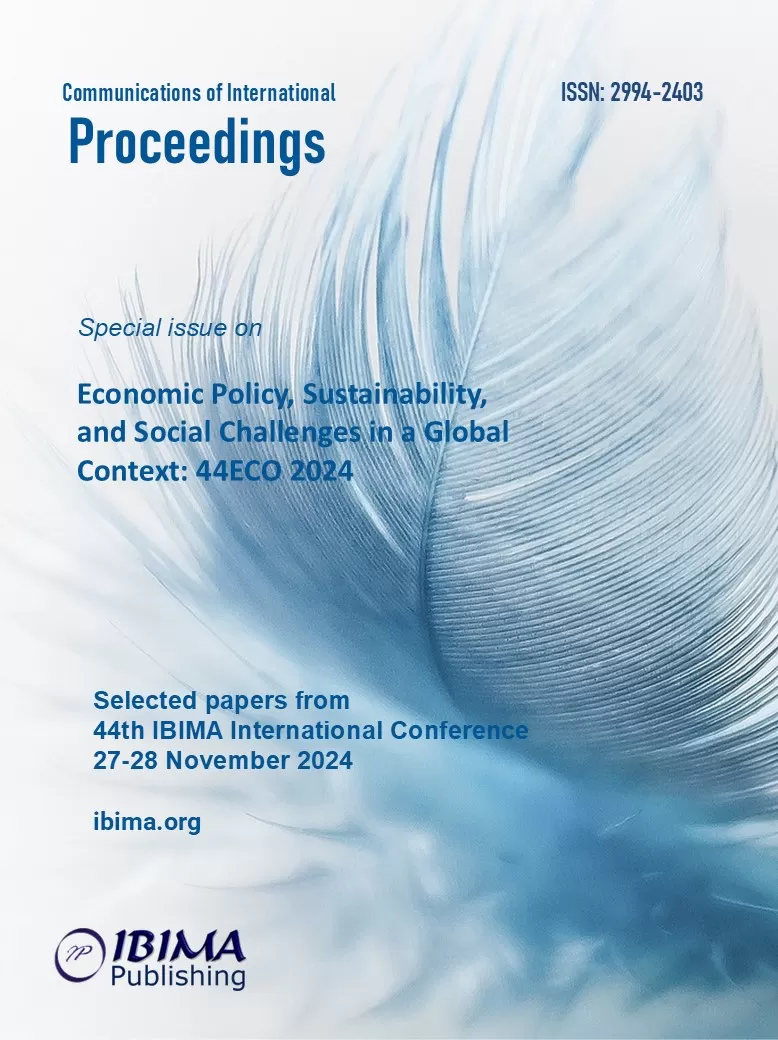
Anna SWOROWSKA-BARANOWSKA
West Pomeranian University of Technology in Szczecin, Faculty of Economics, Szczecin, Poland

This paper provides new insights into considerations about the direction and dynamics of cross-country co-patenting and reveals the emerging network structure of entities linked by common efforts dedicated to the protection of intellectual co-property. Considerations are presented from the European Union perspective.
The empirical results based on ESPACENET patent co-applicants data for the years 2013–2022 made it possible to conclude that member states are in large part oriented toward building ties with non-European countries, especially with the US. The network of internal relations is becoming less dense as the global number of identified connections declines. During the period under study, between the EU-14 countries that acceded to the EU before 2004, few new connections have been created, while the novelty index is the highest for relationships established between the EU-13 countries (acceded to the EU in 2004, 2007 and 2013). The development of the network was based primarily on building relationships between those two cohorts of EU members, although the intensity of these processes is slowing toward the end of the decade studied.